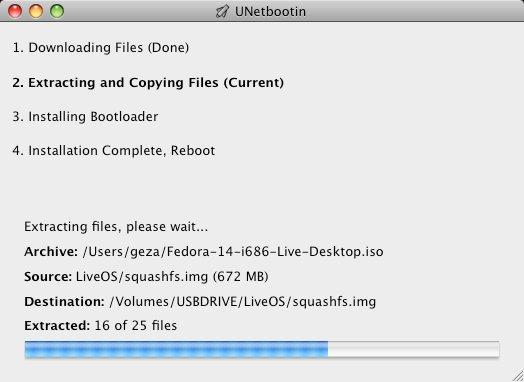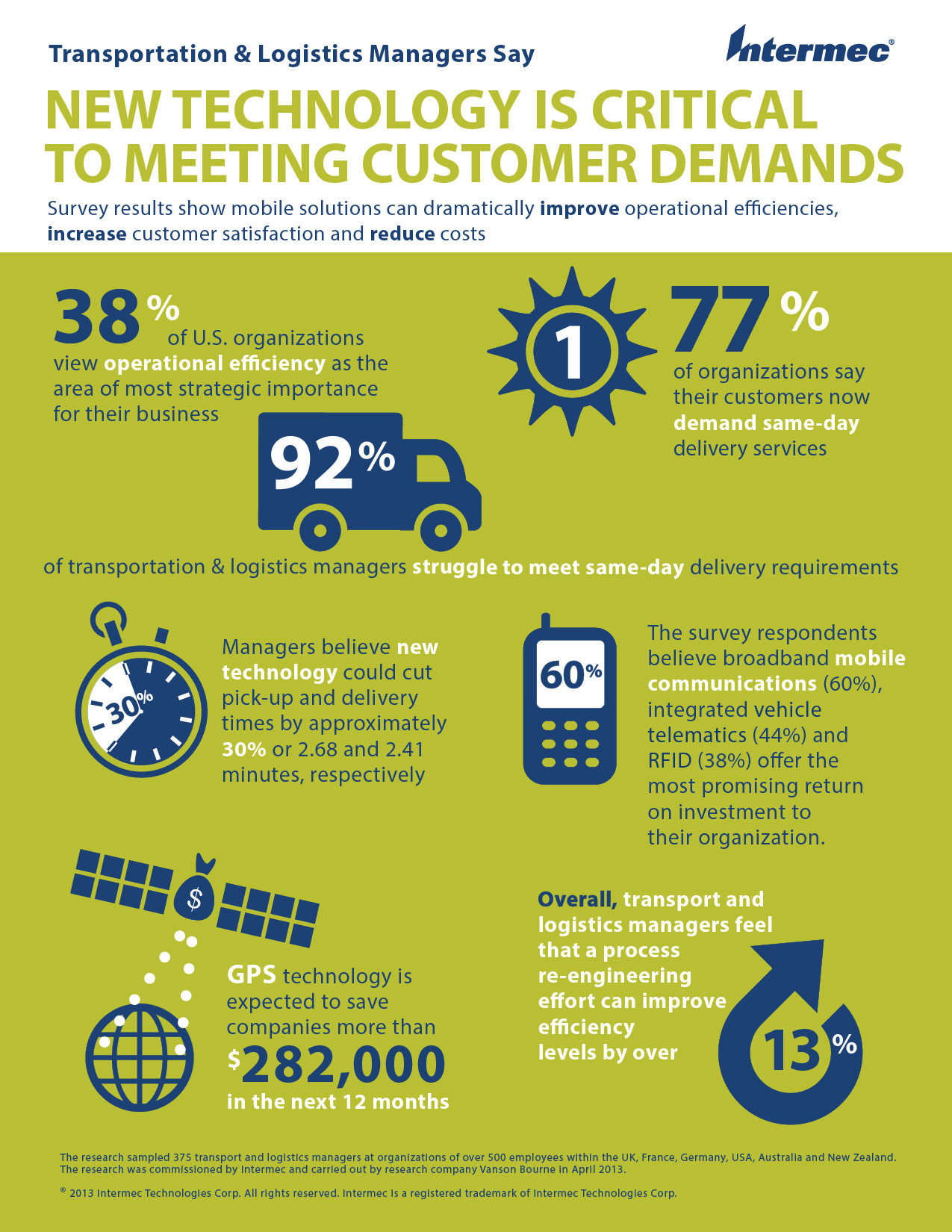

The result should be the folder shown below. From a Finder window, open the EFI folder on the flash drive, then open the boot folder. Make the following changes to the names of the boot files, so the firmware in your Mac will boot directly from GRUB.

Use the Finder application to copy the contents to the flash drive. Using the Finder application, open the folder named gparted-live-1. Use the Disk Utility application to erase a 500 MB or larger flash drive. I my case, this folder was named gparted-live-1. After the download completes, the zip file will automatically convert to a folder. I assume this file will download to your Downloads folder. For example, if the latest version is 1.3.1-1, then you want the gparted-live-1.3.1-1-amd64.zip file. Note: The operating system used to create the bootable flash drive was macOS High Sierra Version 10.13.6.ĭownload the latest gparted-live-*-amd64.zip file. How to Create a GParted Bootable Flash Drive Note: This answer does not require any third party tools or the use of the Terminal application. Macbook Pro 17" Early 2011 that are not able at all to boot anything other from USB than OS X). This will bring up GParted Live.īut beware, there are some Macs (e.g.

When booting the Mac now press alt and there should be an option to boot to that is called EFI boot. I put the German screenshot in, I think it's pretty clear. OS X will show a dialog to Initialise., Ignore or Unmount the USB stick when it is put into the slot. Which do you want to use?įinally, sudo fdisk /dev/diskX will show Disk: /dev/disk1 geometry: 942/255/63 Sudo gdisk -l /dev/diskX will show this (aborting the question is possible with ctrl C): GPT fdisk (gdisk) version 1.0.1įound valid MBR and GPT. The USB stick then looks like this with diskutil list: /dev/disk1 You should not be using the s1 extensions: these are partitions on the disk, not the disk itself. We use the r for raw in of=/dev/rdiskX to make the copy faster.


 0 kommentar(er)
0 kommentar(er)
